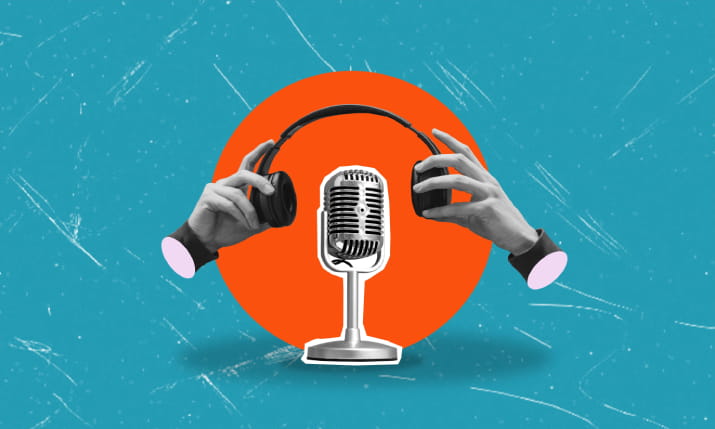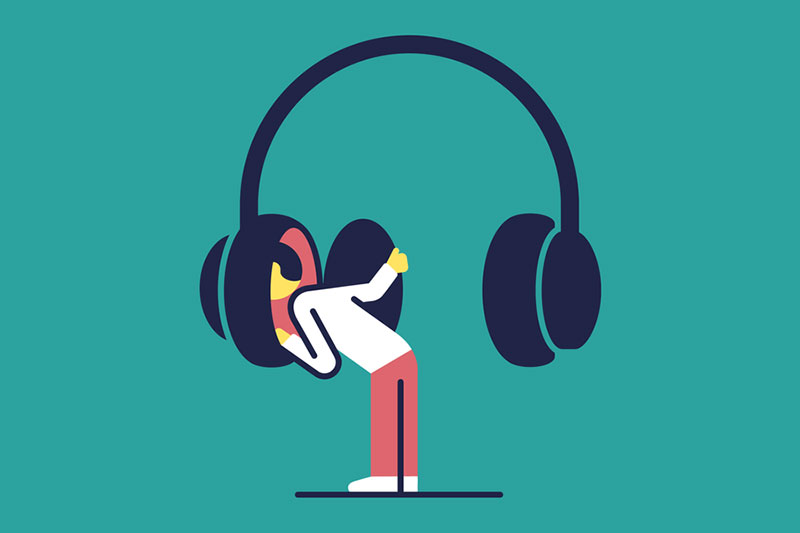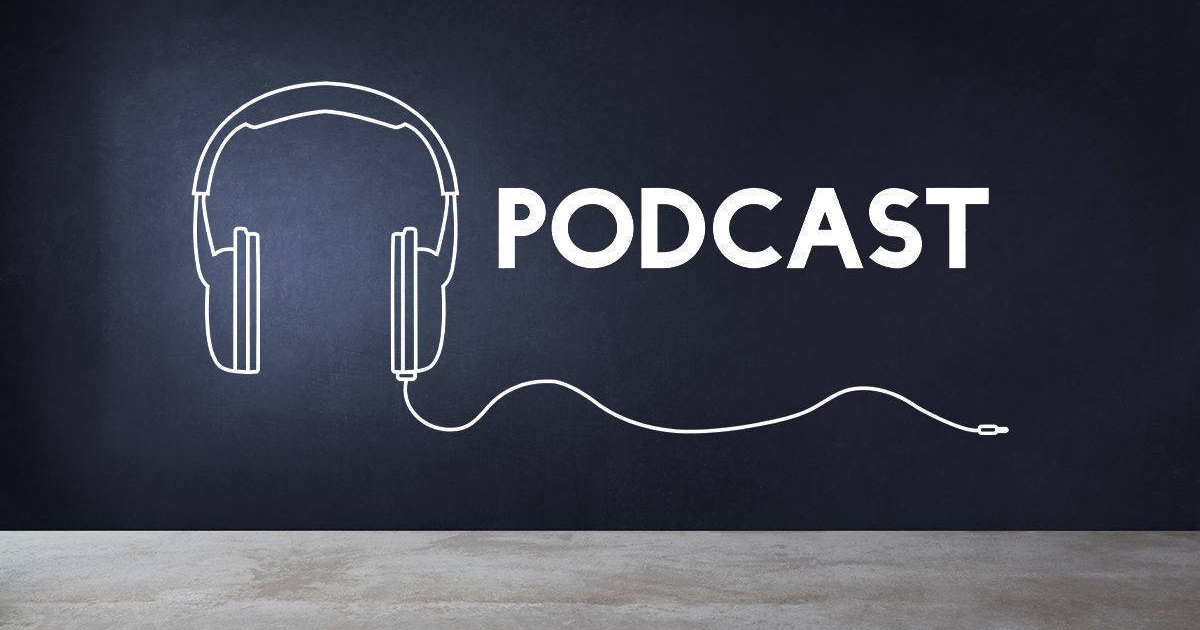Podcasting has become a powerful medium for storytelling, information sharing, and community building. Whether you’re looking to start a podcast for personal passion, brand promotion, or as a side hustle, 2026 is an excellent time to jump in. With new technologies and a growing audience, podcasting offers an accessible and creative way to share your voice. In this guide, we’ll walk you through essential tips and strategies to help you get started on your podcasting journey.
Why Start a Podcast in 2026?

The podcasting landscape has evolved significantly over the years. Here’s why 2026 is a great year to start your podcast:
- Increased Accessibility: Advances in AI editing tools, affordable equipment, and user-friendly platforms make it easier than ever to create a professional-sounding podcast.
- Growing Audience: The number of podcast listeners continues to rise globally. According to recent statistics, over 60% of internet users listen to podcasts regularly, providing a vast potential audience.
- Diverse Monetization Options: From sponsorships and advertising to merchandise and exclusive content, there are more ways to monetize your podcast than ever before.
- Community Engagement: Podcasts offer a unique way to connect with your audience on a personal level, fostering loyalty and trust.
Now that we understand why podcasting is a smart move, let’s dive into the step-by-step process of starting your podcast.
Step 1: Define Your Podcast Concept
Before you hit the record button, you need a clear vision of what your podcast will be about. Here’s how to solidify your concept:
Choose Your Niche
Focus on a topic that you are passionate about and that has a dedicated audience. Whether it’s true crime, business tips, personal development, or pop culture commentary, selecting a niche helps you target the right listeners and stand out in a crowded market.
Pro Tip: Conduct a quick search on podcast platforms to see what similar podcasts exist. Identify gaps in content or areas where you can offer a unique perspective.
Identify Your Target Audience
Understanding your audience is key to creating content that resonates. Consider the demographics, interests, and preferences of your ideal listener. Are they young professionals looking for career advice, or parents seeking parenting tips? Tailoring your content to a specific group will make your podcast more engaging.
Decide on Your Podcast Format
There are various podcast formats to choose from, and the right one will depend on your content and style. Popular formats include:
- Interview Shows: Featuring guest interviews on relevant topics.
- Solo Shows: Sharing your expertise or stories as a single host.
- Panel Shows: Involving multiple hosts discussing different viewpoints.
- Narrative Stories: Telling a scripted story or sharing research on specific topics.
Experiment with different formats to find what works best for you.
Step 2: Plan Your Podcast Content
Creating a content plan will help you stay consistent and keep your audience engaged.

Create an Episode Outline
Start by brainstorming episode ideas and topics. Outline the main points you want to cover in each episode. Having a structure will help you stay focused and deliver value to your listeners.
Example Outline:
- Introduction and welcome message
- Main topic discussion
- Guest interviews or listener questions
- Key takeaways
- Closing remarks and call to action
Set a Consistent Schedule
Consistency is crucial in podcasting. Decide how often you will release new episodes (weekly, bi-weekly, or monthly). Stick to your schedule to build a loyal audience.
Pro Tip: Record a few episodes in advance before launching to give yourself a buffer and ensure you meet your release schedule.
Write a Script (Optional)
While some podcasters prefer a conversational style, others find that having a script helps keep them on track. A script can be as detailed or as simple as you need it to be.
Step 3: Gather the Right Equipment
You don’t need to break the bank to start a podcast, but investing in quality equipment can significantly improve your sound quality.
Essential Podcasting Equipment
- Microphone: A good-quality microphone is a must. USB microphones like the Blue Yeti or XLR microphones such as the Audio-Technica AT2020 are popular choices.
- Headphones: Use closed-back headphones to monitor your audio and catch any background noise or issues.
- Audio Interface (Optional): If you’re using an XLR microphone, an audio interface like the Focusrite Scarlett 2i2 will be necessary.
- Pop Filter: A pop filter reduces harsh sounds and improves audio clarity.
- Recording Software: Audacity (free), GarageBand (Mac), and Adobe Audition (paid) are great options for beginners.
Create a Comfortable Recording Space
Choose a quiet location with minimal background noise. Adding soft furnishings like blankets or pillows can help dampen sound and reduce echo.
Pro Tip: Test your audio setup before recording your first episode to ensure everything sounds clear.
Step 4: Record and Edit Your Podcast
Now that you have your equipment set up and your content planned, it’s time to start recording.
Recording Tips
- Warm-Up Your Voice: Do some vocal exercises before recording to loosen up and improve your delivery.
- Speak Clearly and Naturally: Imagine you’re talking to a friend to keep your tone conversational.
- Check Your Levels: Make sure your audio levels aren’t too low or too high. Aim for consistent volume throughout.
Editing Your Podcast
Editing is where your podcast starts to come together. You can cut out mistakes, add music, and polish the audio.
Basic Editing Steps:
- Remove any long pauses, filler words, or background noise.
- Add an intro and outro with music to give your podcast a professional feel.
- Normalize the volume levels so your audio is consistent.
Editing Tools: Descript, Hindenburg, and Reaper are popular editing tools that are user-friendly for beginners.
Step 5: Publish and Promote Your Podcast

After recording and editing your episodes, it’s time to share your podcast with the world.
Choose a Podcast Hosting Platform
A hosting platform stores your audio files and distributes your podcast to various directories like Apple Podcasts, Spotify, and Google Podcasts. Popular options include:
- Buzzsprout
- Anchor (Spotify for Podcasters)
- Podbean
- Libsyn
These platforms offer analytics and other features to help you grow your podcast.
Submit Your Podcast to Directories
Submit your podcast’s RSS feed to major directories to increase its visibility. Each platform has a submission process, but the most popular ones include:
- Apple Podcasts
- Spotify
- Google Podcasts
- Amazon Music
Promote Your Podcast
Promotion is key to building an audience. Here are some effective strategies:
- Social Media: Share your episodes on Instagram, TikTok, and Twitter. Use hashtags relevant to your niche to reach new listeners.
- Website and Blog: Create a website or blog for your podcast. This can help with SEO and provide a place for listeners to learn more about your episodes.
- Collaborate with Other Podcasters: Guests appear on other podcasts or invite guests to your show. This can help you tap into new audiences.
Step 6: Monetize Your Podcast
Once you have a dedicated listener base, you can start exploring ways to monetize your podcast.
Common Monetization Methods
- Sponsorships and Ads: Partner with brands that align with your content. Many companies are looking to advertise on podcasts due to their engaged audiences.
- Listener Donations: Platforms like Patreon and Buy Me a Coffee allow your audience to support you directly.
- Merchandise: Create branded merchandise like T-shirts, mugs, or stickers for your fans.
- Affiliate Marketing: Promote products or services using affiliate links and earn a commission on sales.
Step 7: Keep Improving Your Podcast
Podcasting is a learning process, and there’s always room for improvement. Here’s how to keep growing:
Listen to Feedback
Encourage your listeners to leave reviews and give feedback. Constructive criticism can help you refine your content and delivery.
Stay Updated on Trends
The podcasting industry evolves quickly. Keep up with trends, new tools, and changes in listener preferences to stay relevant.
Invest in Your Skills
Consider taking online courses in audio editing, storytelling, or marketing to improve your podcasting skills.

Starting your podcast in 2026 can be a fulfilling and potentially lucrative endeavour. With a clear concept, quality equipment, and a strong content plan, you’re well on your way to creating a successful podcast. Remember, the key to a great podcast is authenticity and consistency. Share your passion, engage with your audience, and have fun with the process. Happy podcasting!



